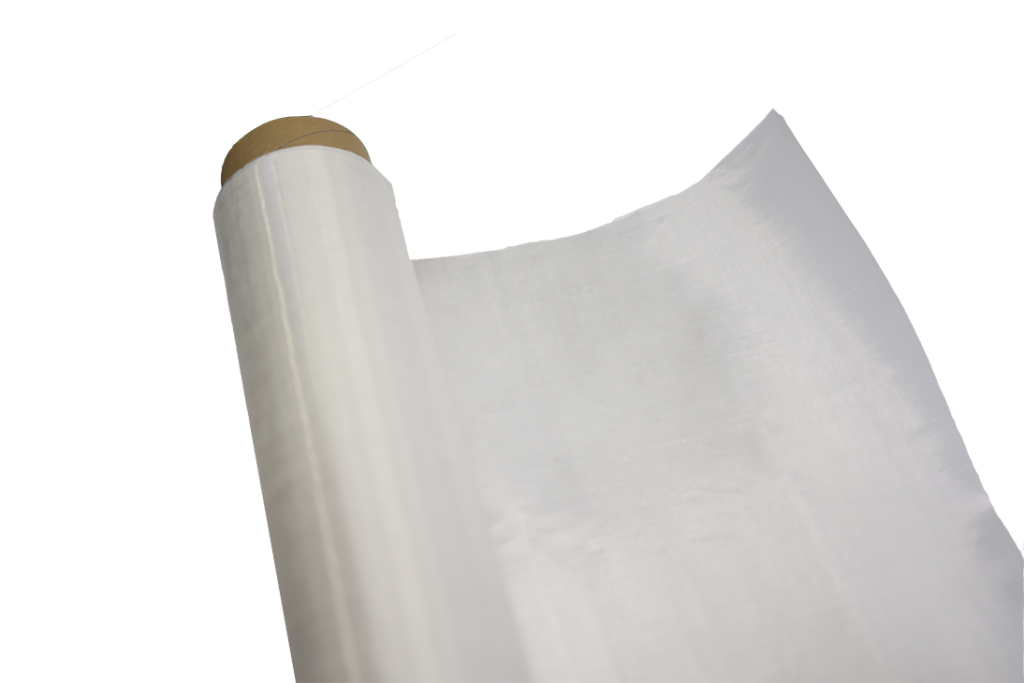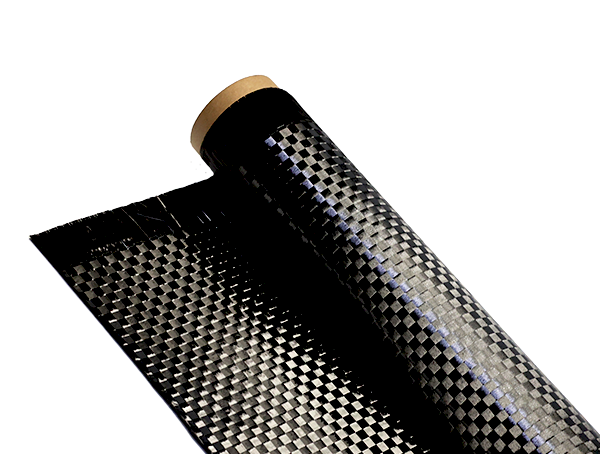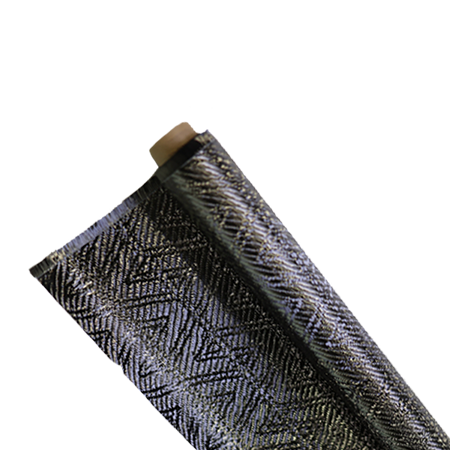Aerospace Factories Adopting Advanced Bagging Techniques
-
Table of Contents
“Elevating Efficiency: Aerospace Factories Embrace Advanced Bagging Techniques for Precision and Performance.”
Aerospace factories are increasingly adopting advanced bagging techniques to enhance efficiency and precision in the manufacturing process. These innovative methods involve the use of specialized materials and technologies to securely package components, ensuring protection from contamination and damage during production and transport. By integrating automated bagging systems, aerospace manufacturers can streamline operations, reduce labor costs, and improve overall product quality. The shift towards these advanced techniques not only meets the stringent requirements of the aerospace industry but also supports sustainability initiatives by minimizing waste and optimizing resource use. As the demand for high-performance aerospace components continues to grow, the implementation of advanced bagging solutions is becoming a critical factor in maintaining competitive advantage and operational excellence.
Enhanced Efficiency in Aerospace Manufacturing
In the rapidly evolving landscape of aerospace manufacturing, the adoption of advanced bagging techniques has emerged as a pivotal strategy for enhancing efficiency. As the industry faces increasing demands for precision, speed, and cost-effectiveness, manufacturers are turning to innovative methods that streamline production processes while maintaining the highest standards of quality. One of the most significant advancements in this realm is the implementation of advanced bagging techniques, which not only optimize material handling but also improve overall operational workflows.
To begin with, advanced bagging techniques facilitate the efficient management of composite materials, which are increasingly used in aerospace applications due to their lightweight and high-strength properties. Traditional methods of handling these materials often involve cumbersome processes that can lead to delays and increased labor costs. However, with the introduction of automated bagging systems, manufacturers can significantly reduce the time spent on material preparation and handling. These systems utilize sophisticated technology to ensure that materials are packaged and sealed with precision, thereby minimizing waste and enhancing the overall quality of the final product.
Moreover, the integration of advanced bagging techniques into the manufacturing process allows for better inventory management. By employing automated systems that track material usage and inventory levels in real-time, aerospace manufacturers can optimize their supply chains. This not only reduces the risk of overstocking or stockouts but also enables manufacturers to respond more swiftly to changes in production demands. Consequently, this agility in inventory management translates into improved production schedules and reduced lead times, which are critical factors in meeting the stringent timelines often associated with aerospace projects.
In addition to improving material handling and inventory management, advanced bagging techniques also contribute to enhanced safety in the manufacturing environment. The aerospace industry is subject to rigorous safety standards, and the handling of composite materials can pose risks if not managed properly. Automated bagging systems minimize human intervention in potentially hazardous processes, thereby reducing the likelihood of accidents and ensuring compliance with safety regulations. This focus on safety not only protects workers but also fosters a culture of responsibility and diligence within the manufacturing facility.
Furthermore, the environmental impact of aerospace manufacturing is an increasingly important consideration. Advanced bagging techniques can play a crucial role in promoting sustainability within the industry. By reducing material waste through precise packaging and minimizing the energy required for manual handling, these techniques contribute to a more sustainable manufacturing process. As aerospace companies strive to meet environmental regulations and corporate social responsibility goals, the adoption of such innovative practices becomes essential.
As the aerospace sector continues to evolve, the integration of advanced bagging techniques represents a significant step forward in enhancing efficiency. By streamlining material handling, improving inventory management, ensuring safety, and promoting sustainability, these techniques are transforming the way aerospace manufacturers operate. The benefits of adopting such advanced methods are manifold, leading to not only improved productivity but also a stronger competitive edge in a market that demands excellence. As manufacturers embrace these innovations, they position themselves to meet the challenges of the future while delivering high-quality products that meet the rigorous standards of the aerospace industry. In conclusion, the shift towards advanced bagging techniques is not merely a trend; it is a fundamental change that is reshaping the landscape of aerospace manufacturing for the better.
Cost Reduction Through Advanced Bagging Techniques

In the aerospace industry, where precision and efficiency are paramount, the adoption of advanced bagging techniques has emerged as a pivotal strategy for cost reduction. As manufacturers strive to enhance productivity while maintaining stringent quality standards, these innovative methods are proving to be instrumental in streamlining operations and minimizing waste. By integrating advanced bagging techniques into their production processes, aerospace factories are not only optimizing material usage but also significantly reducing labor costs and improving overall operational efficiency.
One of the primary advantages of advanced bagging techniques is their ability to enhance material handling. Traditional methods often involve cumbersome processes that can lead to inefficiencies and increased labor costs. In contrast, advanced bagging systems utilize automated solutions that facilitate quicker and more accurate material placement. This automation reduces the time workers spend on manual tasks, allowing them to focus on more critical aspects of production. Consequently, the labor force can be reallocated to areas that require specialized skills, thereby maximizing the value of human resources.
Moreover, advanced bagging techniques contribute to cost reduction by minimizing material waste. In aerospace manufacturing, the precision of components is crucial, and any excess material can lead to significant financial losses. By employing advanced bagging systems that are designed to optimize material usage, manufacturers can ensure that every ounce of raw material is utilized effectively. This not only lowers the cost of materials but also aligns with sustainability goals, as reducing waste is a key component of environmentally responsible manufacturing practices.
In addition to enhancing material efficiency, advanced bagging techniques also improve the consistency and quality of the final products. The aerospace sector is characterized by its rigorous quality control standards, and any deviation from these standards can result in costly rework or even product recalls. Advanced bagging systems are engineered to provide uniformity in the application of materials, which is essential for maintaining the integrity of aerospace components. By ensuring that materials are consistently applied, manufacturers can reduce the likelihood of defects, thereby decreasing the costs associated with quality assurance and rework.
Furthermore, the implementation of advanced bagging techniques can lead to significant savings in inventory management. Traditional bagging methods often require large quantities of materials to be stored on-site, which can tie up capital and increase storage costs. However, with advanced bagging systems, manufacturers can adopt just-in-time inventory practices, allowing them to order materials as needed. This shift not only reduces the costs associated with excess inventory but also enhances cash flow, enabling companies to invest in other critical areas of their operations.
As the aerospace industry continues to evolve, the integration of advanced bagging techniques represents a forward-thinking approach to cost reduction. By embracing automation, optimizing material usage, and enhancing product quality, manufacturers are positioning themselves to remain competitive in a rapidly changing market. The benefits of these techniques extend beyond immediate cost savings; they also foster a culture of innovation and continuous improvement within aerospace factories. As companies increasingly recognize the value of advanced bagging systems, it is clear that these techniques will play a crucial role in shaping the future of aerospace manufacturing, driving efficiency, and ensuring sustainable growth in an industry that demands excellence.
Improving Quality Control in Aerospace Production
In the highly specialized field of aerospace manufacturing, the pursuit of quality control is paramount. As the industry continues to evolve, manufacturers are increasingly adopting advanced bagging techniques to enhance the integrity and reliability of their products. These techniques not only streamline production processes but also significantly improve the quality of the final output, ensuring that components meet the stringent safety and performance standards required in aerospace applications.
One of the primary advantages of advanced bagging techniques is their ability to create a controlled environment for the curing of composite materials. In aerospace production, composite materials are often used due to their lightweight and high-strength properties. However, the curing process is critical, as it directly affects the mechanical properties of the final product. By utilizing advanced bagging methods, manufacturers can effectively eliminate air pockets and moisture, which are detrimental to the curing process. This controlled environment ensures that the composite materials achieve optimal performance characteristics, thereby enhancing the overall quality of the components produced.
Moreover, the implementation of advanced bagging techniques facilitates better monitoring and control of the production process. With the integration of sensors and automated systems, manufacturers can track various parameters such as temperature, pressure, and humidity in real-time. This data-driven approach allows for immediate adjustments to be made during the curing process, thereby minimizing the risk of defects. Consequently, manufacturers can achieve a higher level of consistency in their products, which is essential in an industry where even minor deviations can lead to catastrophic failures.
In addition to improving the curing process, advanced bagging techniques also contribute to waste reduction and cost efficiency. Traditional methods often result in excess material usage and increased scrap rates due to the challenges associated with manual handling and application. However, with the adoption of advanced bagging systems, manufacturers can optimize material usage by ensuring precise application and minimizing waste. This not only lowers production costs but also aligns with the industry’s growing emphasis on sustainability and environmental responsibility.
Furthermore, the shift towards advanced bagging techniques is also driven by the need for compliance with increasingly stringent regulatory requirements. Aerospace manufacturers are subject to rigorous standards set by governing bodies, and any lapse in quality can have severe repercussions. By implementing advanced bagging methods, manufacturers can demonstrate their commitment to quality assurance and regulatory compliance. This proactive approach not only enhances their reputation in the industry but also fosters trust among stakeholders, including customers and regulatory agencies.
As the aerospace industry continues to embrace technological advancements, the role of advanced bagging techniques in quality control will likely expand. Innovations such as automated bagging systems and smart materials are on the horizon, promising even greater improvements in production efficiency and product quality. By staying at the forefront of these developments, manufacturers can ensure that they remain competitive in a rapidly evolving market.
In conclusion, the adoption of advanced bagging techniques in aerospace production represents a significant step forward in improving quality control. By creating controlled curing environments, enhancing monitoring capabilities, reducing waste, and ensuring compliance with regulatory standards, these techniques are transforming the landscape of aerospace manufacturing. As the industry moves forward, the continued integration of these advanced methods will be crucial in meeting the demands for higher quality and reliability in aerospace components.
Q&A
1. **Question:** What are advanced bagging techniques in aerospace manufacturing?
**Answer:** Advanced bagging techniques involve the use of vacuum bagging methods to enhance the composite material curing process, ensuring uniform pressure and temperature distribution, which improves the quality and performance of aerospace components.
2. **Question:** How do advanced bagging techniques benefit aerospace factories?
**Answer:** These techniques increase production efficiency, reduce material waste, and improve the mechanical properties of composite parts, leading to lighter and stronger components that meet stringent aerospace standards.
3. **Question:** What materials are commonly used with advanced bagging techniques in aerospace applications?
**Answer:** Common materials include carbon fiber, fiberglass, and epoxy resins, which are often used in the construction of aircraft structures and components due to their high strength-to-weight ratios.Aerospace factories adopting advanced bagging techniques enhance efficiency, reduce waste, and improve product quality. These techniques streamline the packaging process, ensuring that components are protected during transport and storage while minimizing the risk of contamination. The integration of automation and precision in bagging processes also leads to cost savings and faster production times, ultimately contributing to the competitiveness of aerospace manufacturers in a rapidly evolving industry. Overall, the shift towards advanced bagging techniques represents a significant step forward in optimizing aerospace manufacturing operations.











